Report this entry
More from the same community-collection
Barbara Lee With Oscar Leeser - 2017
Photograph: Congresswoman Barbara Lee posing with El Paso's ...
Sylvia Gomez - TV Journalist - circa 1990
Sylvia Gomez - TV Journalist - circa 1990 - in El Paso, Texas
Congresswoman Barbara Lee With Her Sister, Mildred Whitfield
Photograph: Barbara Lee posing with her sister, Mildred ...
Luz Taboada - Administrator - EPCC - 1992
Luz Taboada - Administrator El Paso Community College in El ...
Cathedral High School - Top Ten Students - 1964
Photograph: Top Ten ranking students from Cathedral High School ...
Cathedral High School Speech Club - 1964
Photograph: Speech Club from Cathedral High School's yearbook - ...

















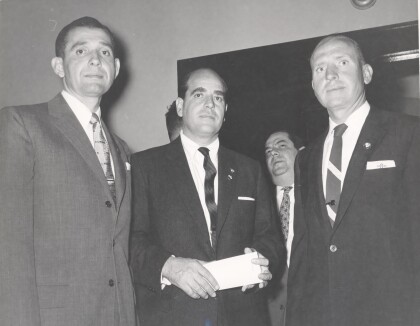
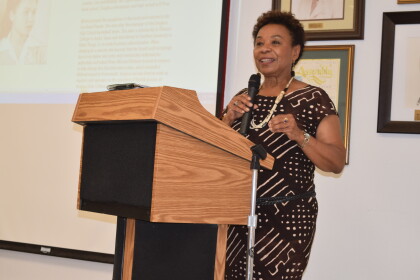

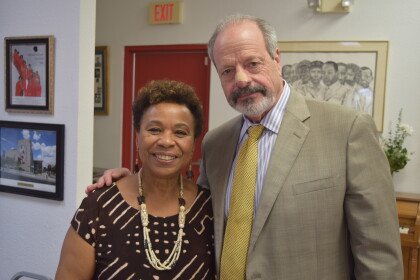
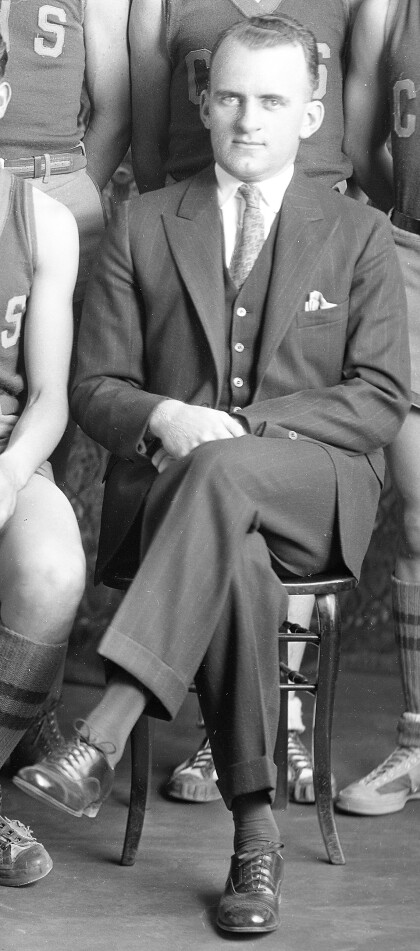

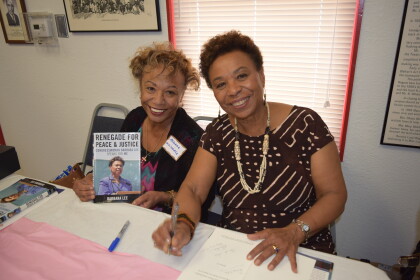
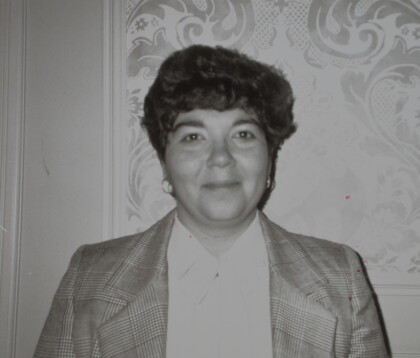
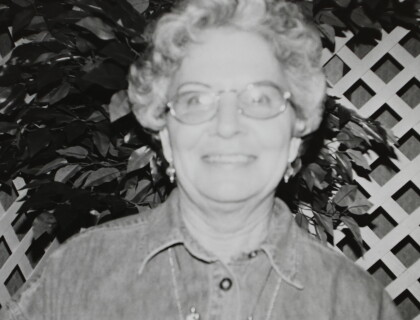
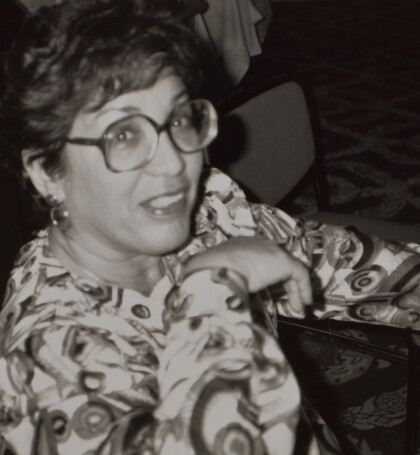
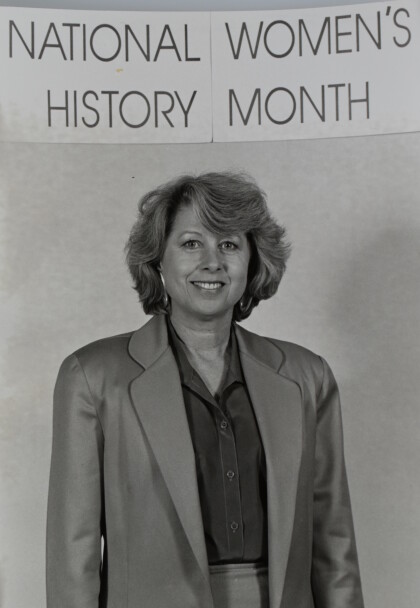
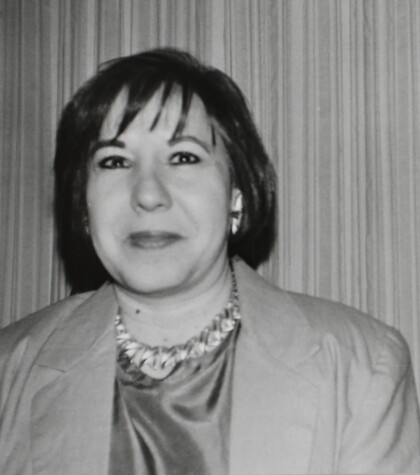
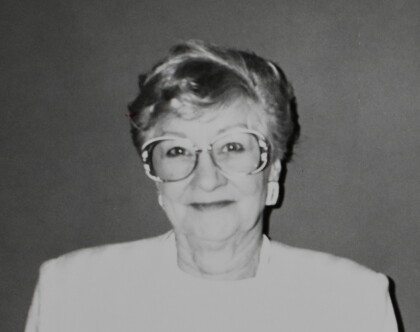
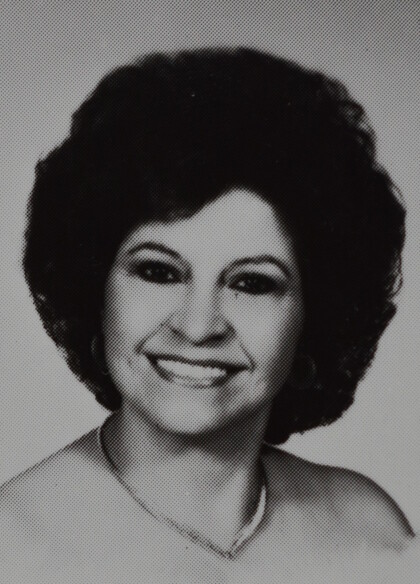
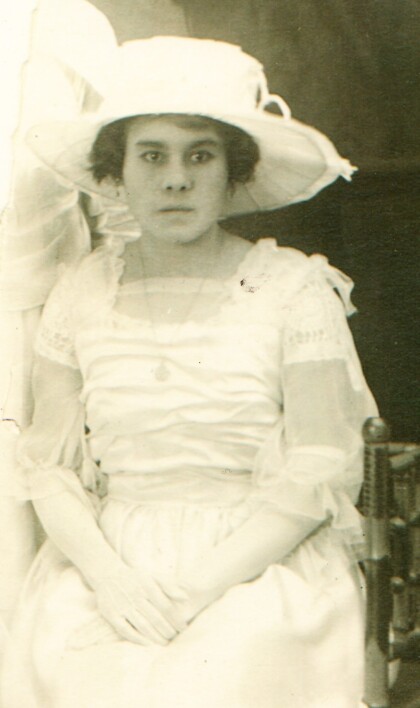
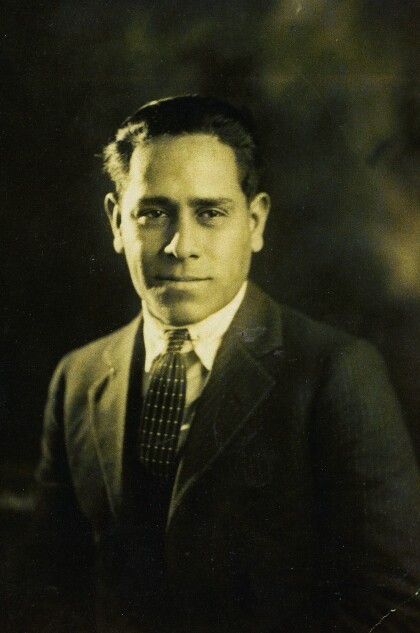
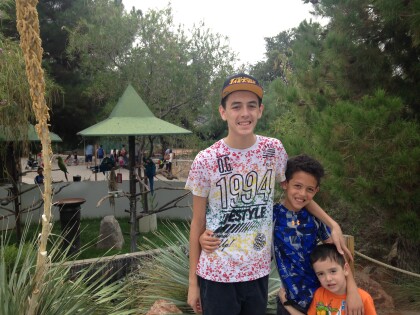
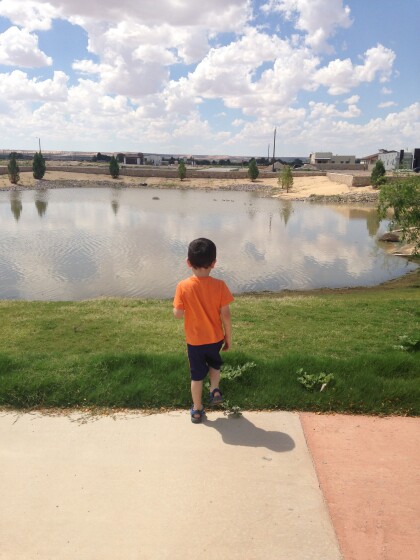
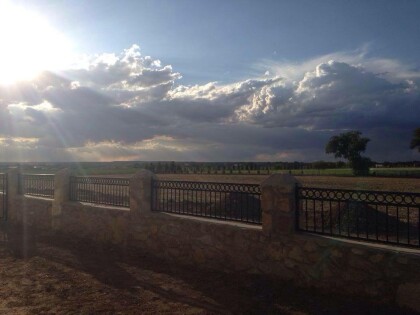
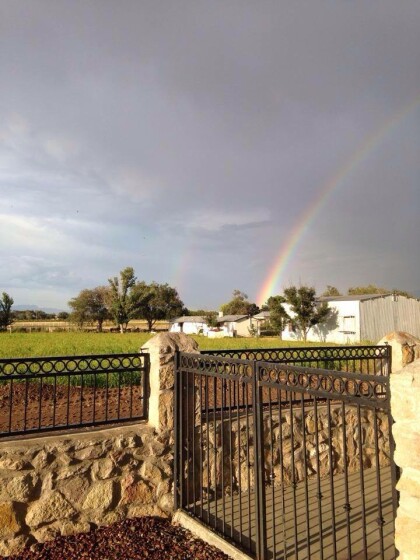
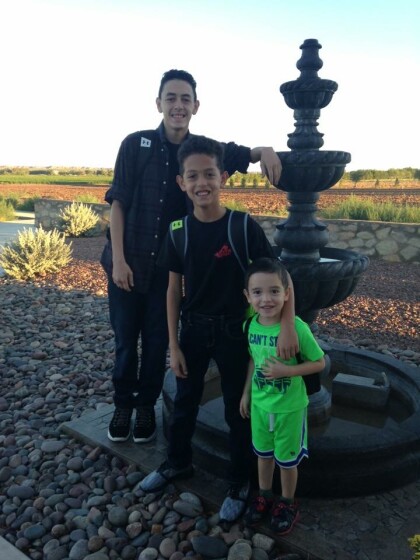
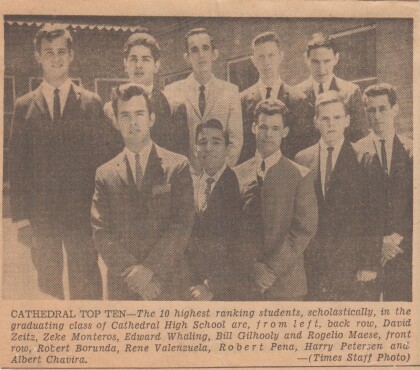
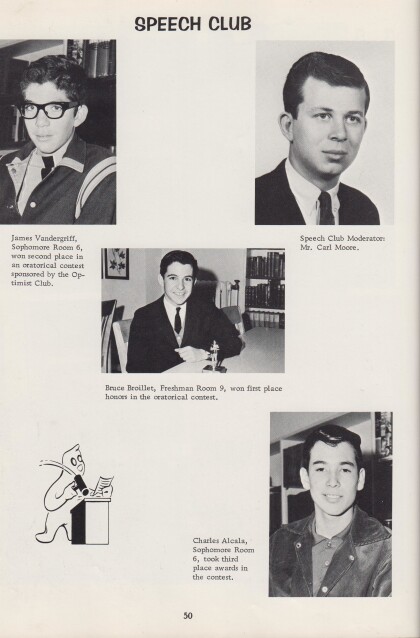
Comments
Add a comment